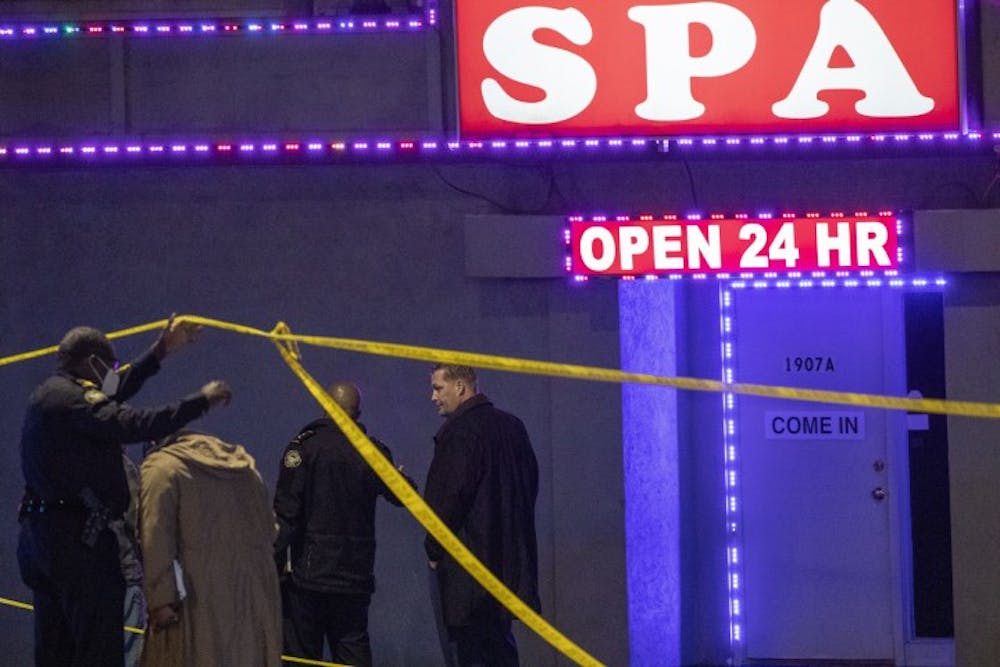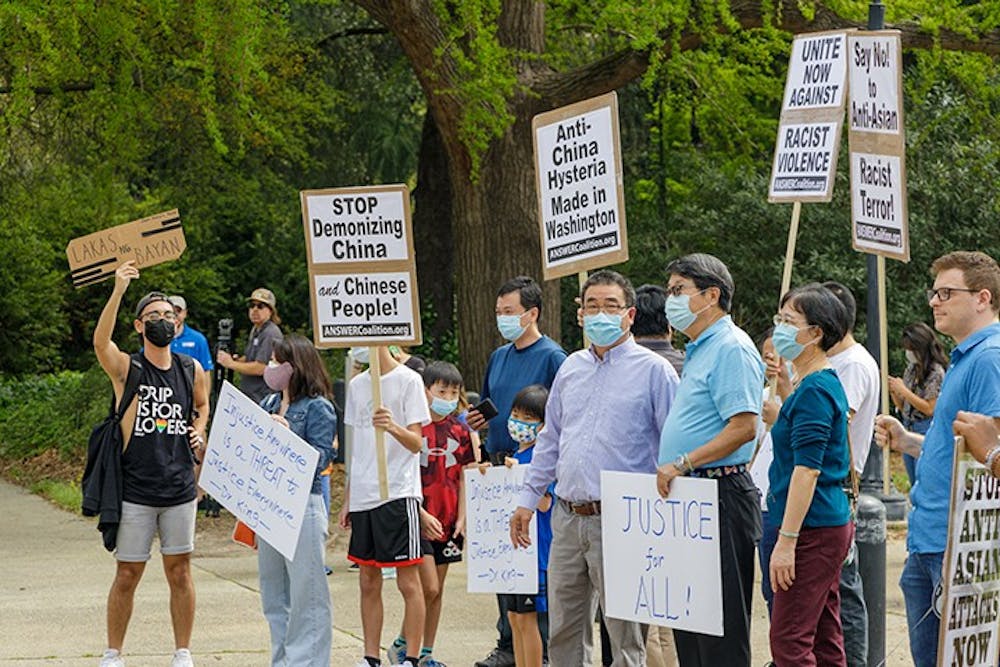The recent shooting in Atlanta, Georgia and the rise of Asian hate crimes across the nation have concerned many who advocate for tolerance. Protection for minority groups should be one of the top priorities within the U.S. political agenda.
Georgia's shooting proves this country has not protected its minority civilians, particularly Asian Americans. The inability of law enforcement to handle the crisis well, along with statements such as "he's only having a bad day" proves that structural racism is still within this country's DNA.
Since the rise of COVID-19, Asians have been victims of baseless prejudice. Examples span from verbal attacks such as "lady chinky eyes" and “go back to your home country” slurs, to physical attacks such as the Atlanta Shootings, Manhattan anti-Asian attack and many more.
These violent reports have been concerning mainly because they show that structural racism is still around us. With all the "social justice warriors" swirling across the nation virtually and in-person, it seems like many people don't understand the true meaning of tolerance. These failures of creating a society with tolerance prove that racism exists deep within U.S. culture.
Violence against Asian Americans has occurred since the second half of nineteenth century, according to UCLA Professor, Renee Tajima-Peña. One of the major acts of violence against Asian Americans at that time happened when Japanese Americans were forced to live in the internment camps during World War II through Executive Order 9066 that then-President Theodore Roosevelt created.
While the war sentiments at the time of World War II cannot be compared to the current situation, it is one of the major acts that lead to violence culture and sentiments against Asian Americans for years to come. Therefore, it is essential for people to acknowledge this root cause from the very beginning so that racism can be acknowledged from its deepest roots.
The structural racism crisis as mentioned above has been exposed recently. The rise of discrimination against minorities, which includes the Black community, Latinos and Asian Americans, in recent years has exposed how structural racism still commonly exists around us and that the U.S. has not yet succeeded in being the "land of the free" that protects all people from every background.

The recent violence against minorities has set off an alarm to all of us that the encompassing violence against minorities and discrimination must be championed as the leading agenda for U.S. politicians, despite political parties and backgrounds.
Several things that politicians can do to start diminishing the cases of violence include: contributing to raising awareness and make public condemnations of racism of all kinds without politicizing it, passing laws that protect the rights of minorities and developing an elaborate mechanism of addressing internal structural racism within the government, policymaking and law-enforcing bodies.
For these prioritizations to happen, the constituents of these politicians must first be aware of what is happening currently against the minorities. It is essential to remember that politicians have one interest: to be re-elected.
In other words, to make these politicians “care” about these issues, voters must voice these important matters so that politicians will feel the sense of urgency to address this to their constituents and make plans on addressing racial discrimination.
There might be a more effective policy outcome that can protect minorities. For example, a policy passed by Congress that enhances protection for minorities can result in a better handling of cases such as Georgia's shooting. While we cannot eliminate violence 100%, at the very least, federal and state laws regarding the protection of minorities and elaborate standard of procedure of violence case handling would at least give some protection to vulnerable groups.
The knowledge that racism is a structural issue that has been rooted in the U.S. culture for years is extremely essential. For these issues to be prioritized by the U.S. governing bodies, constituents and voters like us must be able to voice our stances against racial discrimination so that politicians can feel the sense of urgency to address these important matters.

